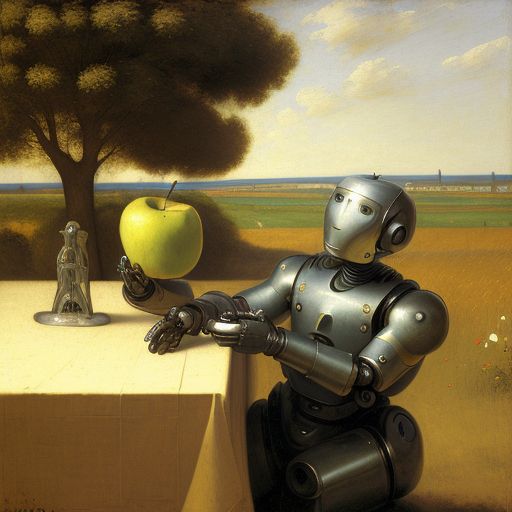Inventing the Tangible Internet

Hi, I’m Bill White, and Frobenius Norm is my engineering shop.
I made my career creating the tangible internet, inventing software and systems that sense and influence the real world.
Over the past few decades I’ve developed software to monitor and control a wide variety of systems at many different scales: powerful lasers operating on sub-millimeter features, audio signal processing on cryogenic systems, sensitive instrumentation and industrial machinery, microvolt measurements on grid-scale apparatus, and more.
Along the way I’ve been issued more than a dozen patents, and developed a series of valuable intellectual properties and profitable products.
The internet is growing beyond the limitations of data centers and edge computers, and has become a distributed menagerie of software-enabled and AI-enabled devices, using cloud resources as virtual extensions of their own.
There are a lot more of those devices waiting to be invented.
Let’s get started. Call me about your next project.
Bill
Methodology

System-level architecture and design
Frobenius Norm follows the principles articulated in the
NASA Systems Engineering Handbook.
System requirements begin as an operational response to a business case. Operational needs permeate the architecture. Functional and constructional requirements derive from operational needs.
Above all, systems are designed by people, for people. Systems need to be self-aware and responsive.

Precise control
Many aspects of control system correctness can be proven analytically by applying appropriate invariants to the proposed solutions.
What cannot be proven a priori, therefore illuminates where the execution risks and opportunities lie.
System self-awareness at all levels leads to optimal system partitioning, adaptive responses, incremental efficiencies, lower downtime and longer system life.

Expertise and scalability
Every project has leverage points that can be identified early in the development process.
The future can be predicted, but imprecisely. The right expertise increases that precision, saving time and money, now and later.
An artful, flexible architecture and implementation provides multiple opportunities for adaptation and growth.
Featured Innovations
Latest Project – Lamb Lisp
Lamb Lisp is an industrial-quality implementation of the Scheme dialect of Lisp, designed for control applications.
Lamb Lisp features Arduino compatibility, a suite of useful control objects (timers, I/O, exceptions, …), and a control loop that allows incremental updates of the running code without stopping the controlled process or requiring a reboot.
Other advanced features include adaptive real-time garbage collection, dictionary storage to support virtual memory operation, and hashed environment frames for fast lookups.
The current development platform is ESP32S3, with its AI-supporting vector instructions, and soon adding a real-time connection to ChatGPT.
Lisp is the original language of artificial intelligence, and is the second-oldest programming language still in use (after Fortran).
The Scheme variant has many features familiar to programmers in other languages, such as lexical scoping and duck typing, as well as advanced features such as tail recursion and first-class procedures.
Recently Delivered
Remote sensing system for use in harsh electro-magnetic environments.
The delivered system included a fault-tolerant I2C layer, integrity rewrite of all I2C device drivers, performance rewrite of custom sensor driver, fully cached 3-layer redundant file system with CRC protection in storage and in transit, command line operation available remotely over intermittent secure connection. Much more.
Initial development was on the Particle.io Argon/Boron chip, with a later port to a custom compute module based on Espressif ESP32, using the platformio tool chain. Sensing and control were implemented on a custom sensor board.
It was a 3.5 year project. By early 2024 more than 4000 systems were deployed.
Patent summary
I have a strong record of creating protectable intellectual property, while developing successful products and systems.
US 10883683 LED driver system for streetlights
US 10661898 Unmanned aerial vehicle for infrastructure maintenance
US 10238001 Configurable data center platform
US 9553450 Systems and methods of controlling power
US 20150333918 POWER OVER ETHERNET ENABLED SENSOR AND SENSOR NETWORK
US 8606407 Energy management application server and processes
US 7206882 Triggered communication network for CANOpen networks
US 7139839 Method and apparatus for assigning a network node address
US 7051143 Method, system and program for transmission of modbus messages
US 6907485 Hybrid change of state protocol for CANOpen networks
US 20030167321 System and method for optimal setting of message filters
US 20030084384 Residual error handling in a CAN network


